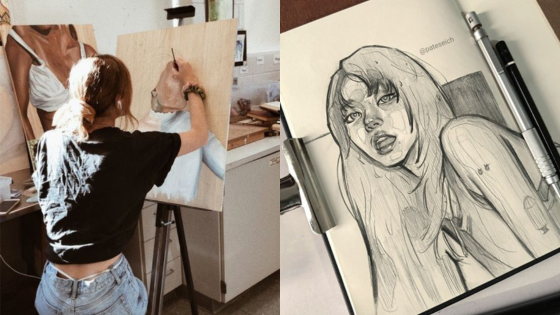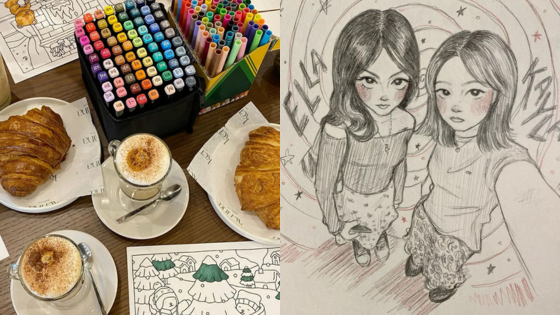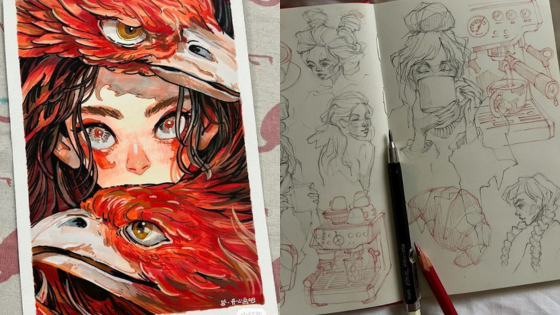Tap into your creative potential with exercises designed specifically for drawing enthusiasts. Engaging in fun drawing activities not only enhances your artistic skills but also sparks new ideas and inspiration. These exercises can help you break through creative blocks and develop a more playful approach to your art.
Whether you are a seasoned artist or just starting out, these activities can invigorate your routine. Experimenting with different techniques allows you to explore your creativity in a relaxed environment, enabling growth and innovation in your artwork.
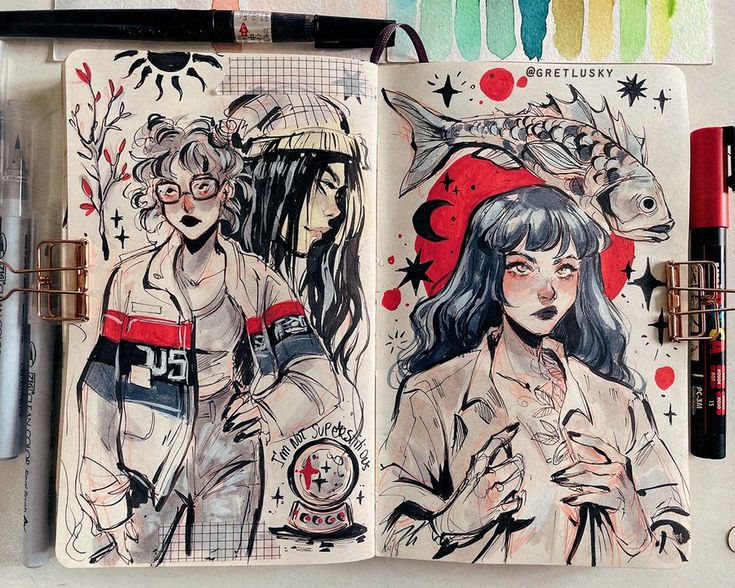
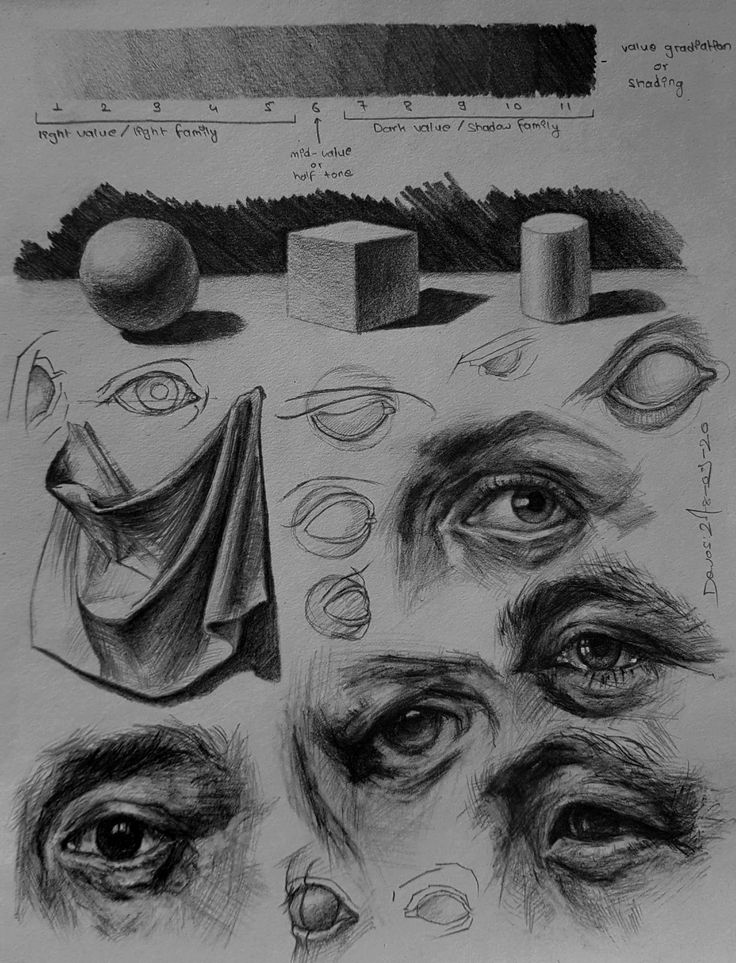
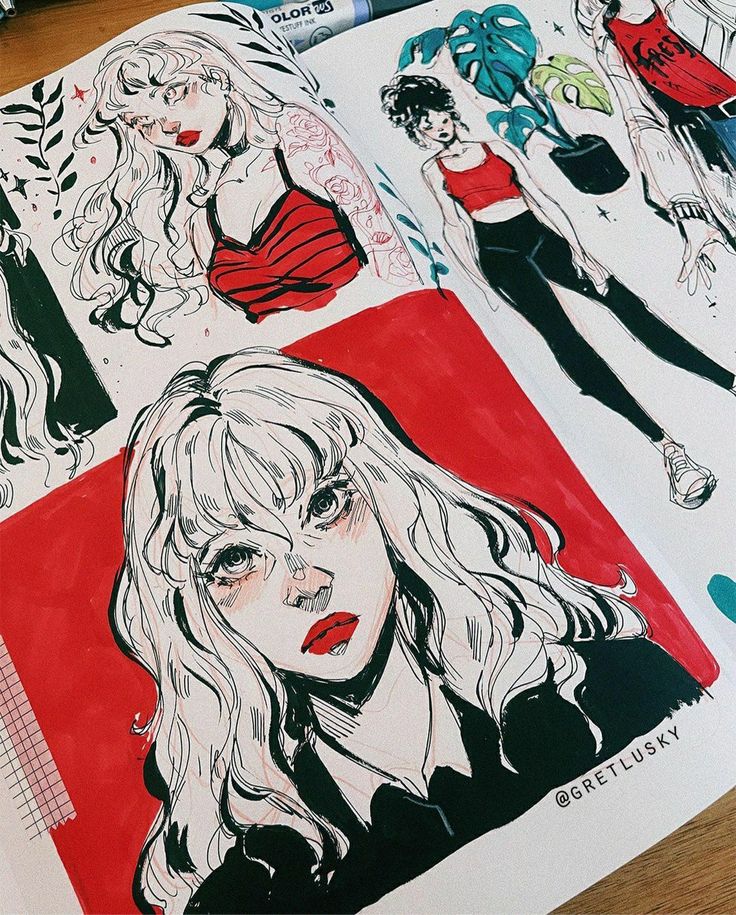
1) Blind Contour Drawing
Blind contour drawing is a technique where you draw the outline of a subject without looking at your paper. This exercise encourages you to focus entirely on the object in front of you.
By not allowing your eyes to wander to your drawing, you start to develop hand-eye coordination. You also learn to trust your instincts and observations.
This method often results in unexpected and expressive line work. The imperfections become part of the charm of the drawing, fostering a sense of freedom.
To practice, choose a simple object and position it in front of you. Set a timer for a few minutes and begin drawing without lifting your pencil or looking at the paper.
After completing the exercise, you can compare your drawing with the original object. This reflection helps you understand your perception and encourages growth in your artistic skills.
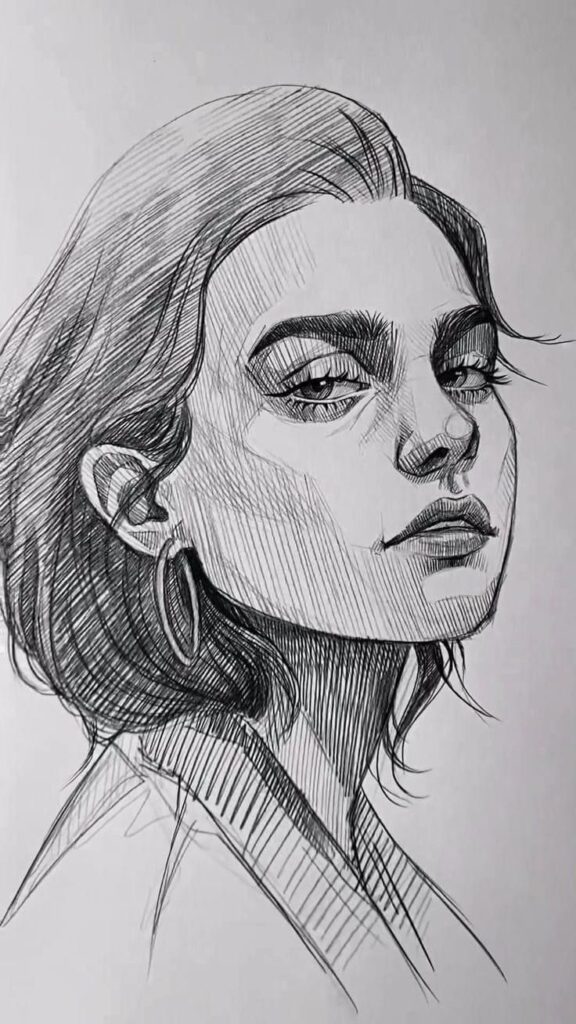
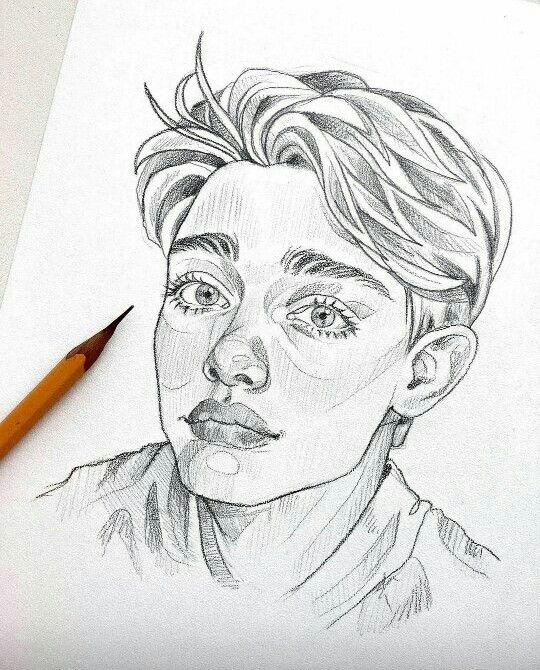
2) Doodle a Monster
Doodling a monster can unleash your imagination. Begin with simple shapes, letting your pencil flow freely. Don’t worry about perfection; focus on the process.
Consider various features for your monster. It could have multiple eyes, unusual limbs, or unexpected textures. Experiment with color and size, creating a creature that reflects your thoughts.
You might want to set a timer for ten minutes. This can help you draw without overthinking. Allow your mind to wander and let the doodle evolve organically.
Once you finish, assess your creation. Think about what emotions or stories your monster conveys. This exercise is not just about drawing; it’s about exploring your creativity in a fun way.
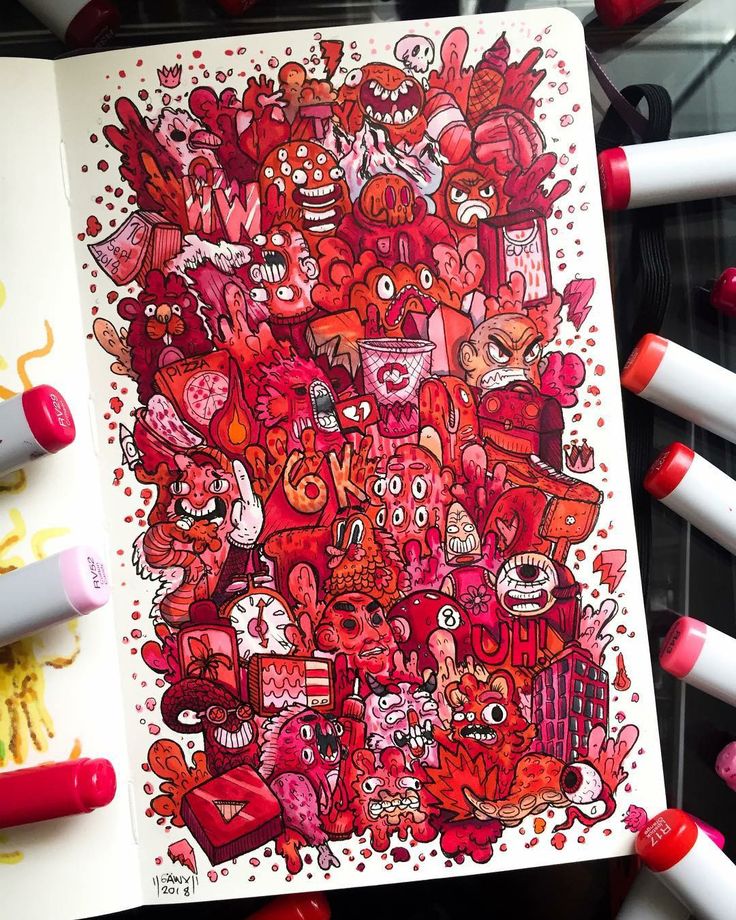
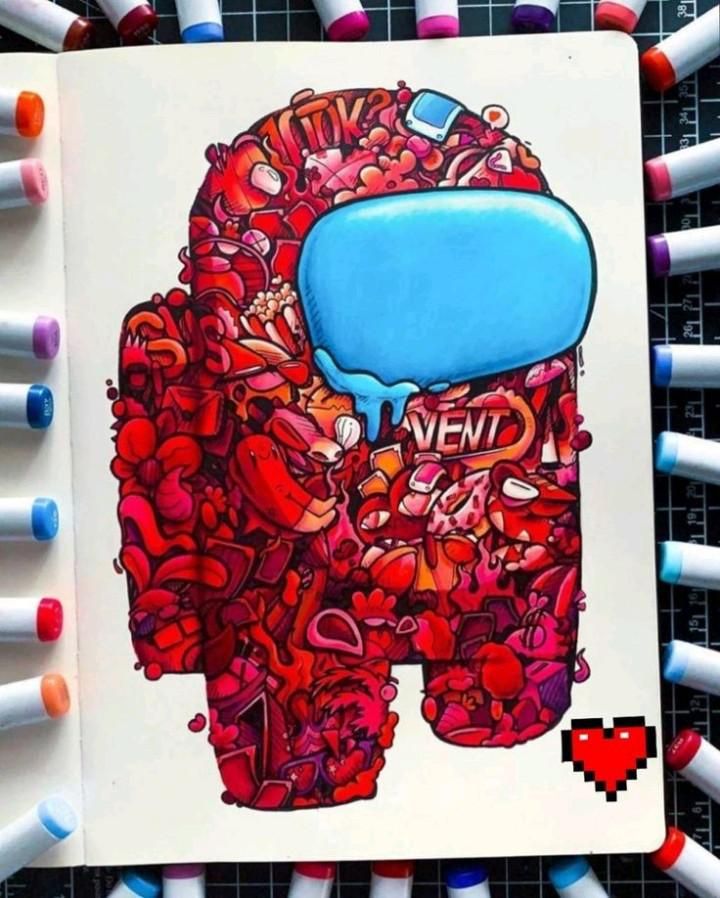
3) Create a Mandala
Creating a mandala is a simple yet effective way to enhance your creativity. This art form involves drawing intricate patterns that radiate from a central point. You can use a compass, a protractor, or simply freehand your design.
Start with a circle as your base. From there, you can add geometric shapes, floral designs, or abstract elements. The repetitive nature of mandala drawing encourages mindfulness, allowing you to focus and relax your mind.
As you work on your mandala, explore different colors and shading techniques. Use colored pencils, markers, or watercolors to bring your design to life. Experimenting with colors can further stimulate your creativity.
There are no strict rules when creating a mandala. Allow your intuition to guide you and enjoy the process. This exercise can help you develop your artistic skills while providing a soothing, meditative experience.
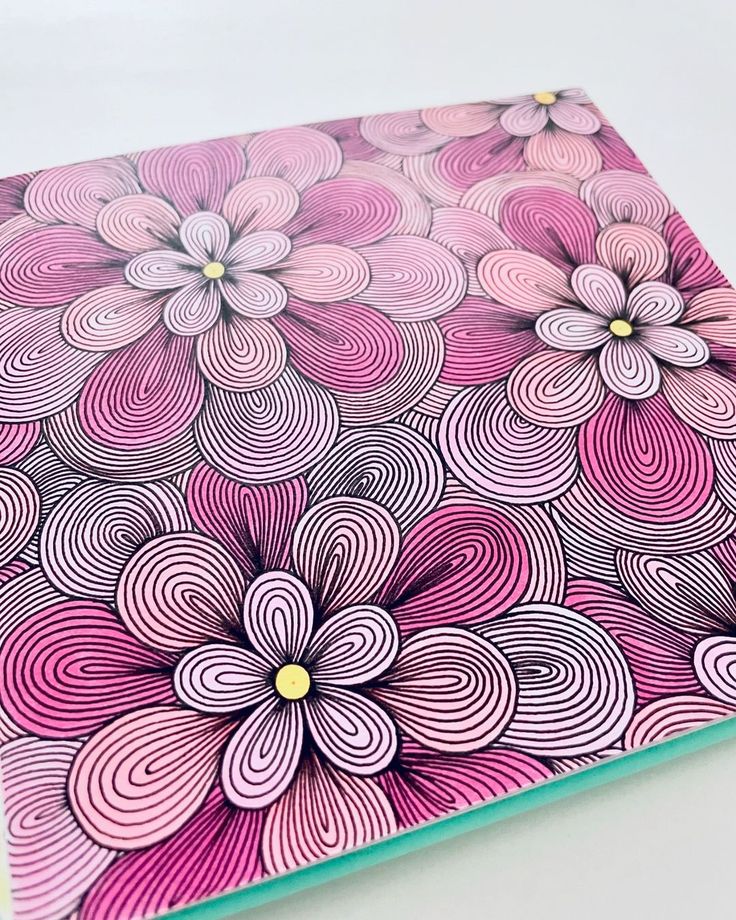
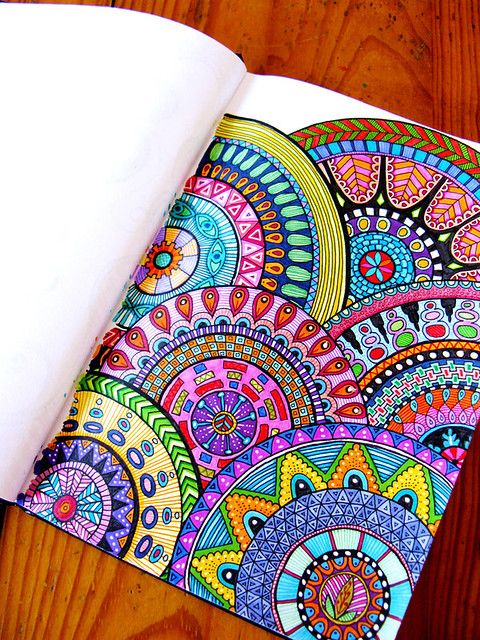
4) Opposite Hand Drawing
Opposite hand drawing challenges you to use your non-dominant hand. This can lead to unexpected and unique results in your artwork. It helps to break free from habitual patterns and encourages new methods of expression.
To start, grab a pencil or pen and choose a simple subject to draw. This could be an object in your room or a quick self-portrait. Focus on the process rather than the outcome.
Drawing with your opposite hand may feel awkward. Embrace this discomfort; it’s part of the exercise. Allow your hand to move freely and without reservation.
This practice can enhance your motor skills and coordination. Over time, it may also improve your confidence in your artistic abilities. Regularly engaging in opposite hand drawing can stimulate your creativity in surprising ways.
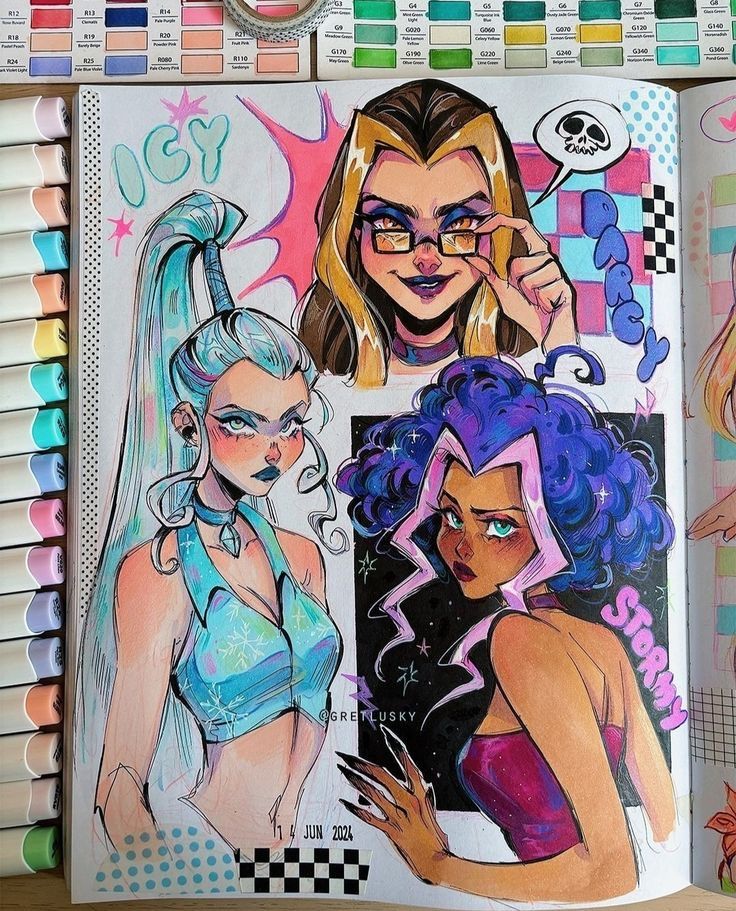
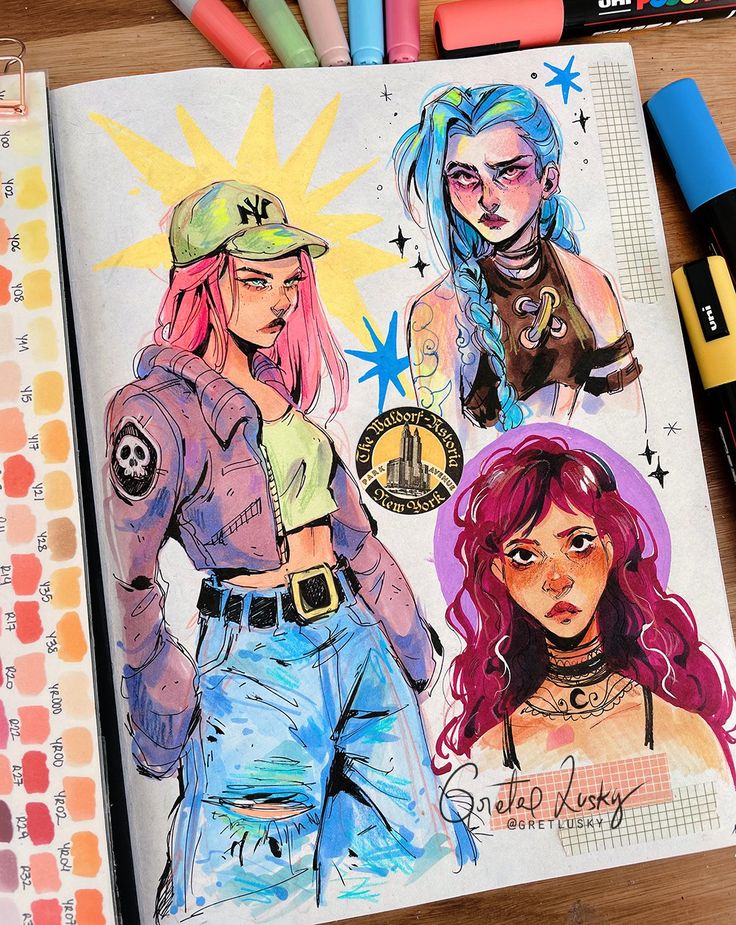
5) 30-Second Sketches
30-second sketches are an effective way to enhance your drawing skills. This exercise challenges you to capture the essence of a subject quickly, helping you focus on the most important details.
Set a timer for 30 seconds and choose a subject to draw. This could be an object in your room, a person, or even an idea. The goal is to get your pencil moving without overthinking.
Focus on lines and shapes rather than intricate details. This practice will train your eye to recognize form and proportion, refining your observational skills.
You can modify this exercise by changing the subject every few sketches. This keeps the activity fresh and encourages you to explore various styles and techniques.
Review your sketches after each round. This reflection helps you identify areas for improvement and celebrates your progress. With regular practice, you’ll notice an increase in your confidence and creativity in drawing.
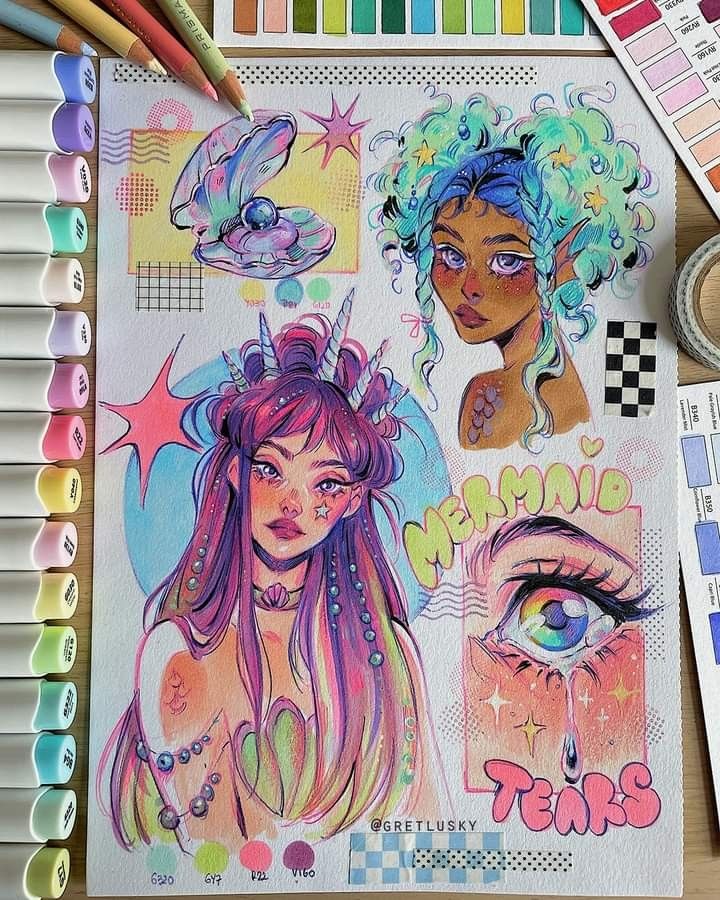
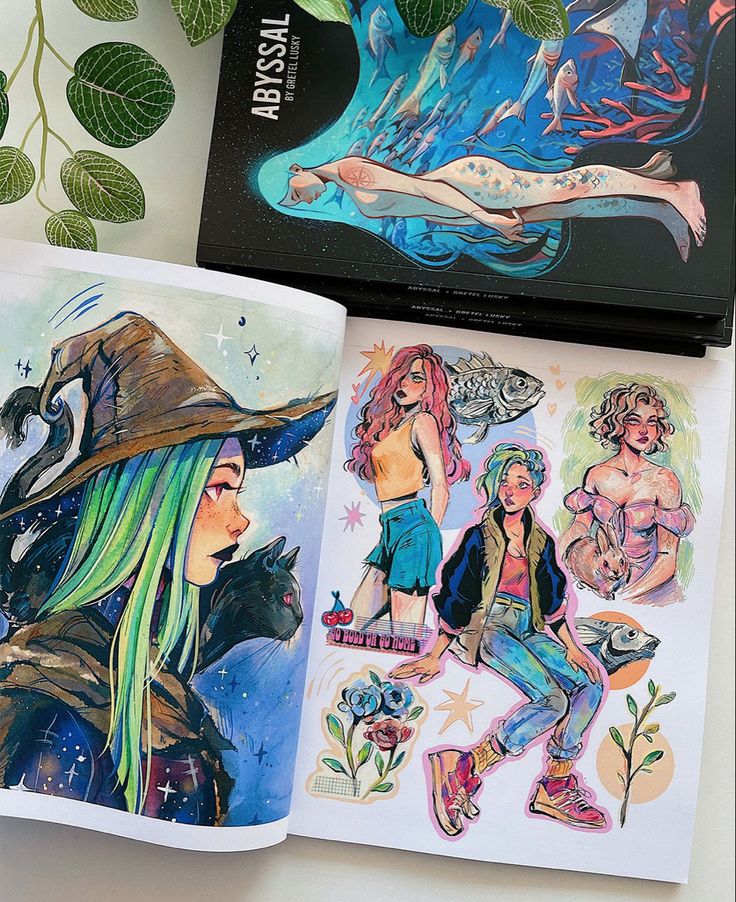
The Importance of Fun in Creativity
Engaging in fun activities is essential for enhancing creativity. Enjoyment can lead to greater artistic expression and foster an environment where innovation thrives. Understanding how fun impacts your creative process can help you unlock new levels of imagination.
How Fun Enhances Artistic Expression
When you incorporate fun into your drawing practice, you free yourself from self-imposed limitations. This freedom allows you to experiment with different styles and techniques without fear of judgment.
- Reduced Stress: Enjoyable activities reduce anxiety, which can hinder creativity.
- Increased Motivation: Fun projects keep you engaged and excited to create more.
- Exploration of New Ideas: Playful drawing can lead to unexpected discoveries and unique artistic styles.
By embracing joy in your art, you can enhance your ability to convey emotions and narratives through your work.
The Role of Playfulness in Innovation
Playfulness is a driving force behind innovative thinking. When you approach drawing with a playful mindset, you’re more open to exploration and taking risks.
- Breakthrough Ideas: Play encourages unconventional approaches, leading to unexpected solutions.
- Collaboration: Engaging with others in fun activities can inspire new perspectives and ideas.
- Building Confidence: Playful practice helps you build confidence in your creative choices.
Being playful in your art not only enhances your skills but also opens doors to new creative opportunities.
Integrating Drawing Exercises into Daily Routine
Incorporating drawing exercises into your daily life can enhance creativity while developing essential skills. Balancing enjoyment and focus is key, as is creating an inviting environment for your practice.
Balancing Skill Development and Enjoyment
To effectively integrate drawing into your routine, balance skill-building exercises with enjoyable activities. Dedicate specific time slots for practicing techniques like shading or perspective. Complement these sessions with fun exercises, such as doodling or sketching from your imagination, to keep your enthusiasm high.
Suggested Schedule:
- Monday: Focus on shading techniques for 30 minutes.
- Wednesday: Practice perspective drawing for 30 minutes.
- Friday: Dedicate 30 minutes to just doodling and free-sketching.
By alternating between structured learning and recreational drawing, you maintain motivation and ensure growth.
Setting Up a Creative Space
A well-organized and inspiring creative space can significantly enhance your drawing experience. Choose a quiet area with good lighting and minimal distractions. Gather essential supplies like sketchbooks, pencils, and markers within easy reach.
Key Elements to Consider:
- Lighting: Natural light or a good desk lamp.
- Comfort: A suitable chair and table at the right height.
- Inspiration: Display artwork or objects that stimulate creativity.
Having a designated space encourages daily practice and helps you connect with your artistic side. Maintain this area to foster a consistent routine focused on drawing.
- 16shares
- Facebook0
- Pinterest16
- Twitter0
